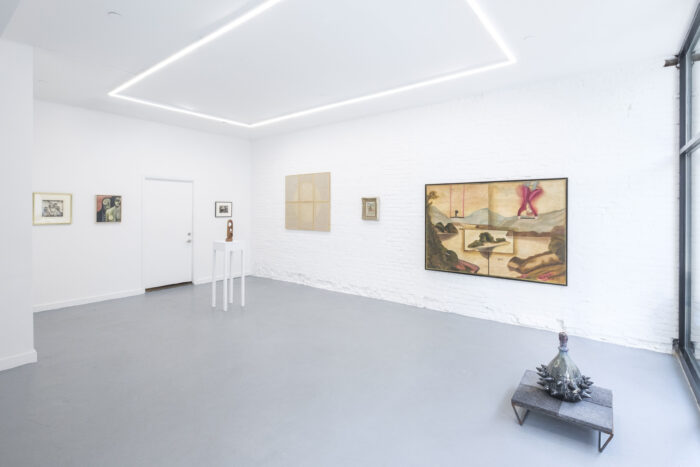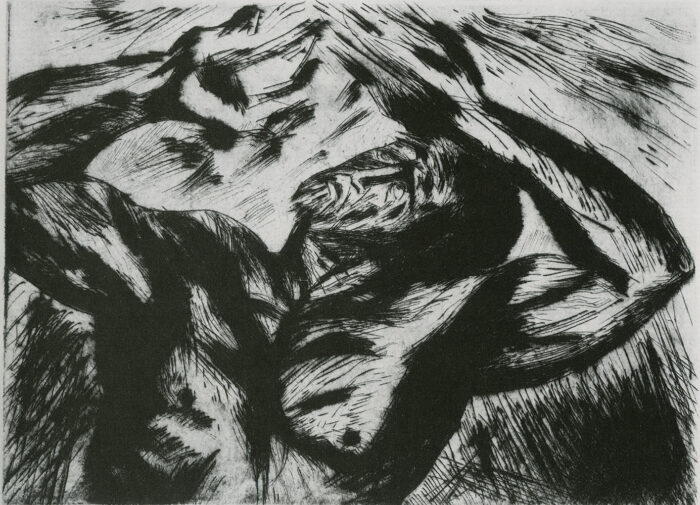
As politics pull to the right, so does the art world pull to the left. Or at least, our political moment makes it seem so. At Proxyco Gallery on the Lower East Side, the exhibition Transnational, curated by Daniel Garza-Usabiaga, offers a calm counter to the rising nationalism and xenophobia which define our times. Comprised of works by 20th-century artists who are either American and lived in Mexico, or Mexican and lived in the U.S., Transnational presents evidence of how national boundaries are important to artists; not as obstacles or limitations, but instead as opportunities to complicate and excite their practice. The curation by Garza-Usabiaga elevates this narrative; each work in the show is by a different artist, and represents an element of the “transnational character” of their work and practice.

While all the works in Transnational are singular, exceptional pieces, a few stand out from the rest. I would be remiss if I did not mention Jose Clemente Orozco’s Prometheus, an etching after the legendary muralist’s first major U.S. commission at Pomona College in 1930. While the etching is small, it does not diminish the drama of Orozco’s unique shading, nor the impact of the subject’s expression: it seems as if Prometheus knows what the cost of his choice will be, but has resigned himself to it anyway. Seeing an etching like this in such an intimate setting as Proxyco feels somehow like it shouldn’t be permitted, like we’ve stumbled into a private collection. The same could be said for the striking woodcut by Rufino Tamayo, El Leñador. However, while these recognized masters are sure to draw your attention, the show’s strongest moments come from the combination of works by lesser-known artists.
In particular, this author was spellbound by Julio Galán’s Do You Want to Make Love With Me, and its pairing with Jean Charlot’s Carmen and Her Officer. Galán’s work is muted and poignant, belying its large size. Charlot’s is brushy and expressive but contained within an ornate gilded frame. While they were painted over forty years apart, the artworks could have been scenes from the same imaginary world. One can see in both of these paintings the multiple, varied threads of art history as they have been fused together by the vagaries of where and when these artists lived. For Charlot, its Diego Rivera, Pablo O’Higgins, even Orozco. For Galán, its Siqueiros, Kirchner, and Munch. This trend continues throughout Transnational, to great effect.

In sum, this collaboration between Proxyco and Daniel Garza-Usabiaga yields a small but still ambitious exhibition. Instead of making grand claims about politics and culture, Transnational is made up of artworks that suggest intimate, personal vignettes to illustrate its point. Together, they tell a composite tale of porous boundaries and the beauty which comes from freedom of movement. Once you finish with Vida Americana at the Whitney, this critic recommends you stroll across town taking in the fresh spring air of lower Manhattan, and stop in at Proxyco, and treat yourself to something a little more intimate and nuanced at Transnational.
